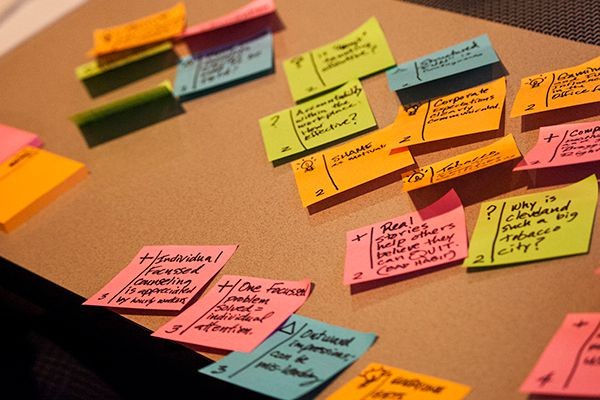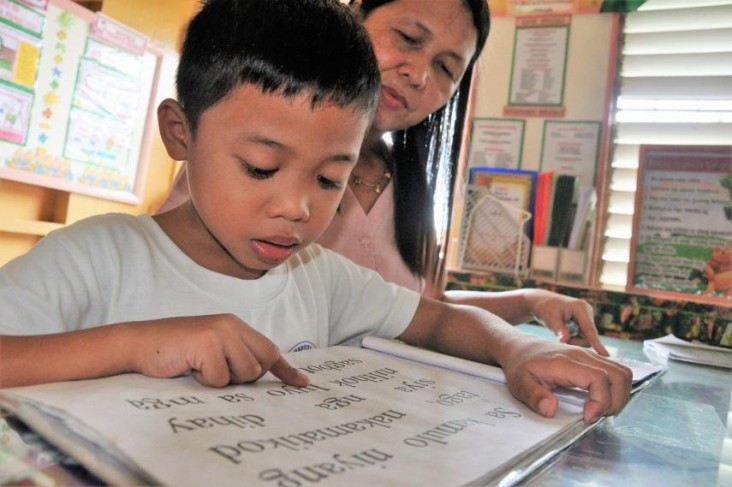File 1
pdf Please login to download this file. Due to the monolingual self-understanding of European nation-states, migration-induced multilingualism and the language mixing practices it triggers are not usually acknowledged as resources for learning within mainstream classrooms. The term translanguaging has recently been put forward as both a way of describing the flexible ways in which bilinguals draw upon their multiple languages to enhance their communicative potential and a pedagogical approach in which teachers and pupils use these practices for learning. However, little research has been conductedin how the translanguaging approach can be used in mainstream education to enhance knowledge. This study draws on videographic data recorded in 59 10th grade (15-year-olds) subject-matter classes in 4 secondary schools. Applying sociocultural discourse analysis to peer–peer interaction and therefore considering how learners scaffold one another as they participate in collaborative talk and in the co-construction of knowledge, results describe several functions oftranslanguaging for ‘exploratory talk’ leading to content-matter learning. Multilingual adolescents in naturalistic settings thus use their multilingualism to cognitively engage with content-based tasks and produce high-order speech acts embedded in complex talk.
Due to the monolingual self-understanding of European nation-states, migration-induced multilingualism and the language mixing practices it triggers are not usually acknowledged as resources for learning within mainstream classrooms. The term translanguaging has recently been put forward as both a way of describing the flexible ways in which bilinguals draw upon their multiple languages to enhance their communicative potential and a pedagogical approach in which teachers and pupils use these practices for learning. However, little research has been conductedin how the translanguaging approach can be used in mainstream education to enhance knowledge. This study draws on videographic data recorded in 59 10th grade (15-year-olds) subject-matter classes in 4 secondary schools. Applying sociocultural discourse analysis to peer–peer interaction and therefore considering how learners scaffold one another as they participate in collaborative talk and in the co-construction of knowledge, results describe several functions oftranslanguaging for ‘exploratory talk’ leading to content-matter learning. Multilingual adolescents in naturalistic settings thus use their multilingualism to cognitively engage with content-based tasks and produce high-order speech acts embedded in complex talk.
About this resource
Available in the following languages
Author
License
CC BY-ND / CC BY-NC-ND





